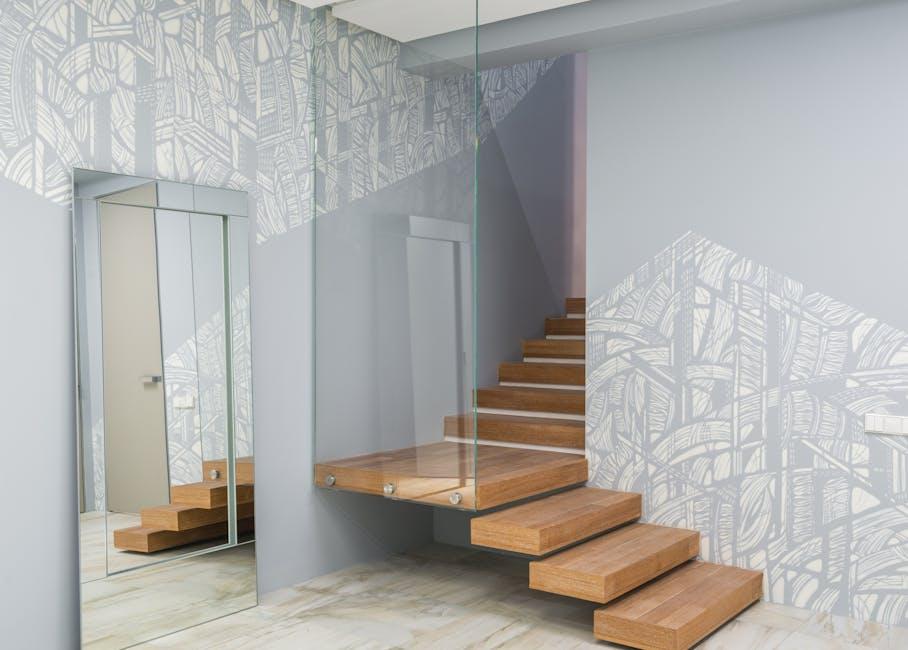At its annual developer conference, WWDC, Apple unveiled the next version of its operating system for Mac computers – MacOS Sequoia. While the update brought a plethora of exciting features and improvements, one of the most intriguing additions is the ability to mirror an iPhone’s screen on a Mac.
Dubbed as the “wildest update” of MacOS Sequoia, this iPhone mirroring feature has the potential to be surprisingly more useful than meets the eye. With this feature, users can now view and control their iPhone or iPad directly from their Mac. This opens up a world of possibilities and convenience.
Firstly, mirroring your iPhone screen on a Mac allows for easier multitasking. You can now access your iPhone’s apps, notifications, and files without having to physically handle the device. This can be particularly handy when you are focused on your Mac but still need to respond to messages or quickly check something on your iPhone. With the iPhone mirroring feature, it’s all just a click away.
Furthermore, the larger screen real estate offered by a Mac allows for a much better viewing experience. Whether you want to edit photos, watch videos, or play games on your iPhone, doing so on a Mac screen can provide a more immersive and comfortable experience. Additionally, for those who find themselves squinting at their iPhone’s tiny text or icons, the Mac’s larger display can alleviate eye strain and make it easier to read and interact with content.
Another benefit of iPhone mirroring on a Mac is the enhanced ability to capture and share content. Whether you are a content creator, working professional, or just someone who enjoys sharing moments with friends and family, having the ability to showcase your iPhone screen directly on your Mac is incredibly convenient. You can easily create tutorials, record gameplay, or demonstrate apps and features to others, all while taking advantage of the desktop capabilities of your Mac.
Moreover, mirroring an iPhone on a Mac can be a game-changer for developers and designers. With this feature, developers can easily test and debug their apps directly on their Mac, without the need to constantly switch between devices. Designers can also effortlessly preview their designs on a larger screen and make necessary adjustments with ease, thus improving productivity and workflow.
It is worth noting that this iPhone mirroring feature requires users to have Macs with Apple Silicon chips, which are the newer models released by Apple. While this may limit accessibility to some users, it highlights the company’s dedication to advancing the capabilities of its hardware and software ecosystems, ensuring that cutting-edge features are available to those who have the latest devices.
Overall, MacOS Sequoia’s iPhone mirroring feature is an exciting addition that further bridges the gap between iPhone and Mac devices. Its utility goes beyond mere screen sharing, offering enhanced productivity, convenience, and creativity. Whether you are a power user, content creator, or casual consumer, this feature has the potential to enhance your digital experience and streamline your workflow. So, the next time you find yourself in need of quick access to your iPhone, give MacOS Sequoia a try and unlock a whole new level of productivity and convenience!
Hey Subscribe to our newsletter for more articles like this directly to your email.
